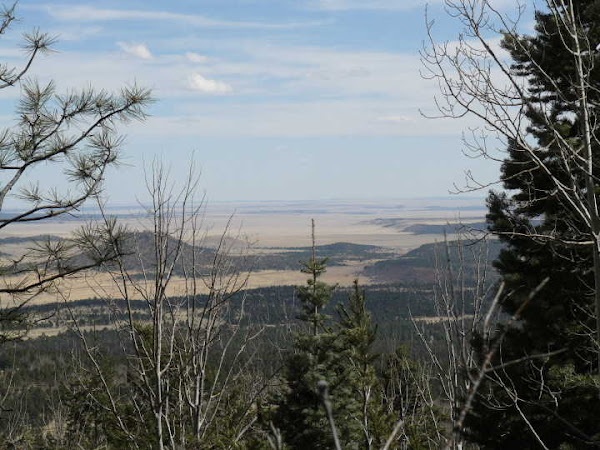
10 October 2009
By Lee Einer
The Santa Fe Opera is revisiting its decision to lease nearly 27,000 acres of shared mineral rights to drill for oil and gas in the Las Vegas Basin.
The move comes after an outcry by environmentalists, activists and others in the area.
Charles MacKay, director of the Santa Fe Opera, said he had signed the lease without first examining all of the implications.
“While we believed we were acting in accordance with the donor’s wishes that her gift would generate long-term support for our apprentice program, we did not explore what other options might be available to us, and now we are seeking counsel and wide consultation to better understand the situation and where we might go from here,” MacKay said.
MacKay said that when he signed the lease, he was unaware that the Wind River Ranch, a 5,000-acre conservation ranch, was affected. He also said he was unfamiliar with the oil and gas industry’s practices.
MacKay said a conservation easement is a possibility.
“As to whether the lease will be broken or revisited, that is something that I’m not qualified to determine. That is why we need counsel and consultation to better examine the options available to us,” MacKay said. “I will be working closely with the board as we consider our options in the coming weeks. We’ll do everything possible to move in the direction of positive resolution.”
MacKay said the board is revisiting its mission and vision statements in light of the issues raised by the lease.
“It’s an excellent opportunity for us to clarify and pinpoint our position on this so we don’t find ourselves in a similar position in the future, ever, ever, again.”
The land that would have been affected by the lease lies between N.M. Highway 518 and Interstate 25 between Sapello and Watrous. It extends into both San Miguel and Mora counties and is close to Lake Isabella.
Under the doctrine of “split estate,” landowners own the surface of their land. The rights to subsurface water, oil, natural gas and other mineral wealth are separate.
Under two antiquated laws, the Stock Raising Homestead Act of 1916 and the Mineral Leasing Act of 1920, the federal government, through the Bureau of Land Management, can auction off those subsurface mineral rights to private parties.
Having done so, the owner of the surface property cannot, except under extraordinary circumstances, deny owners of the subsurface mineral estate their rights to access, explore and develop those mineral rights.
This means that farmers and ranchers on the land in question may find their livelihoods disrupted by bulldozers, drilling and other development on their land. And there is little, legally, that they can do about it. ......continued......










